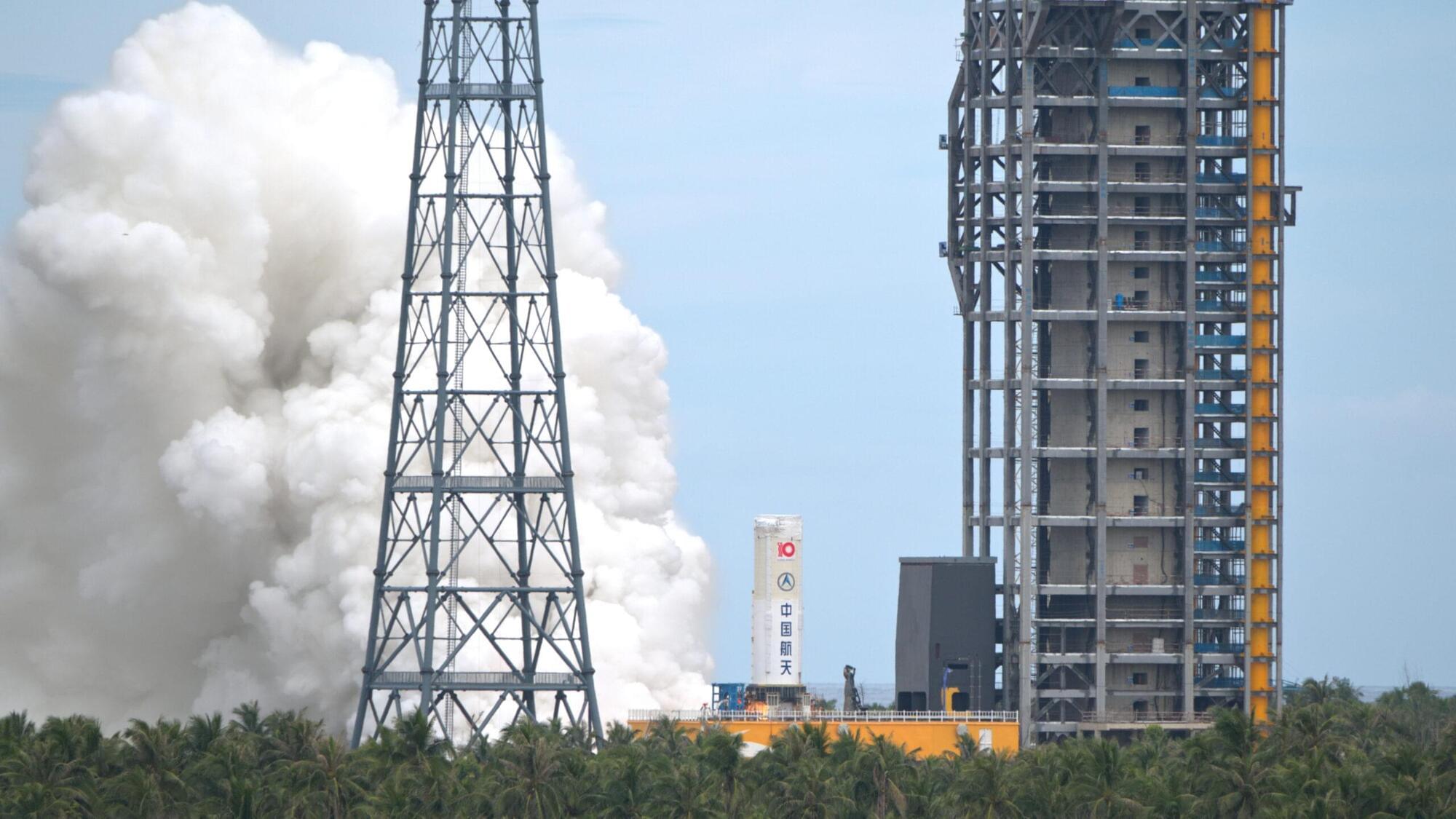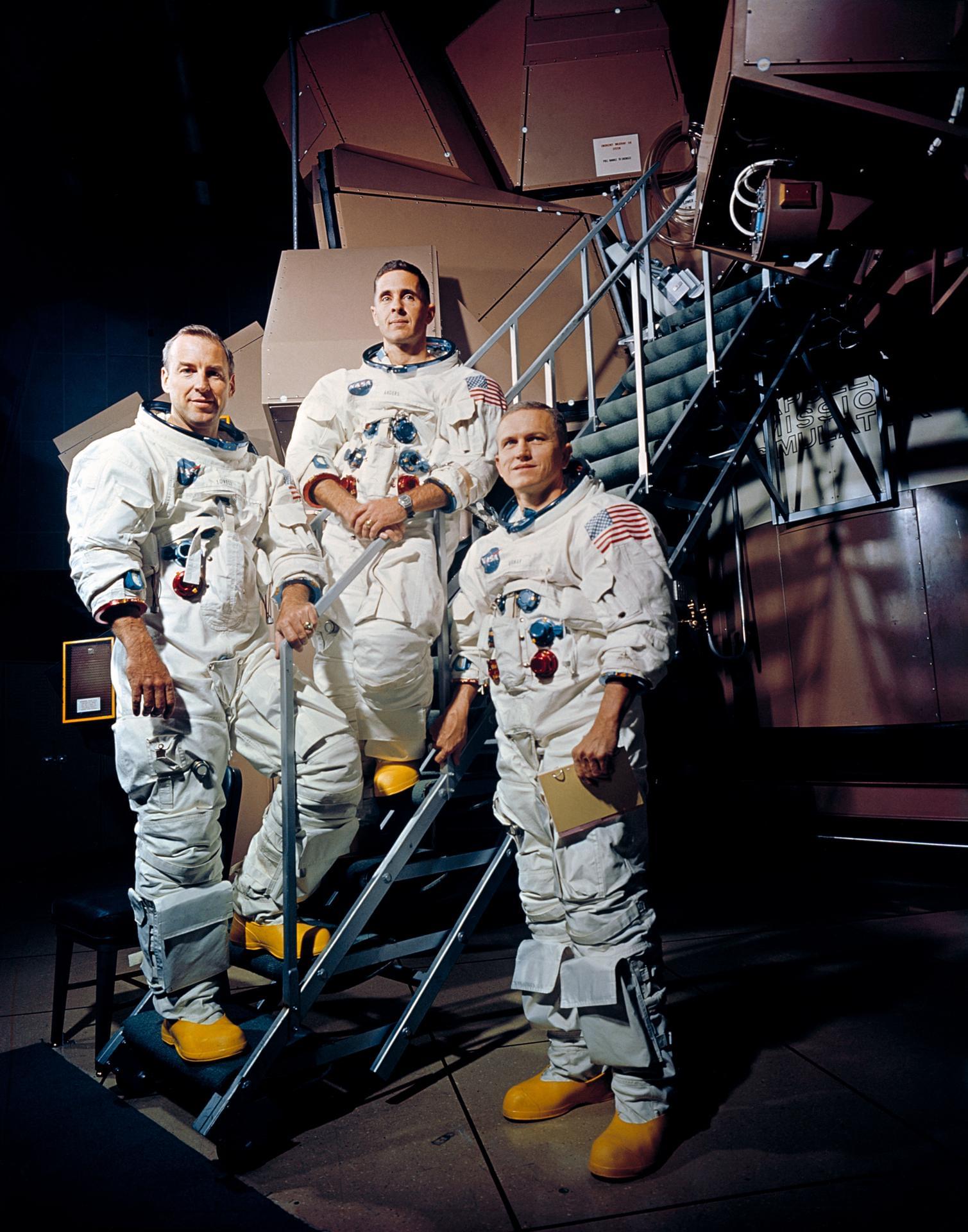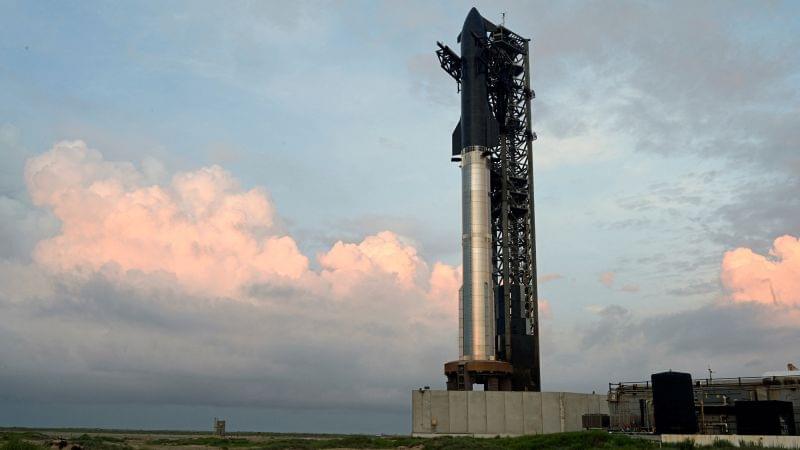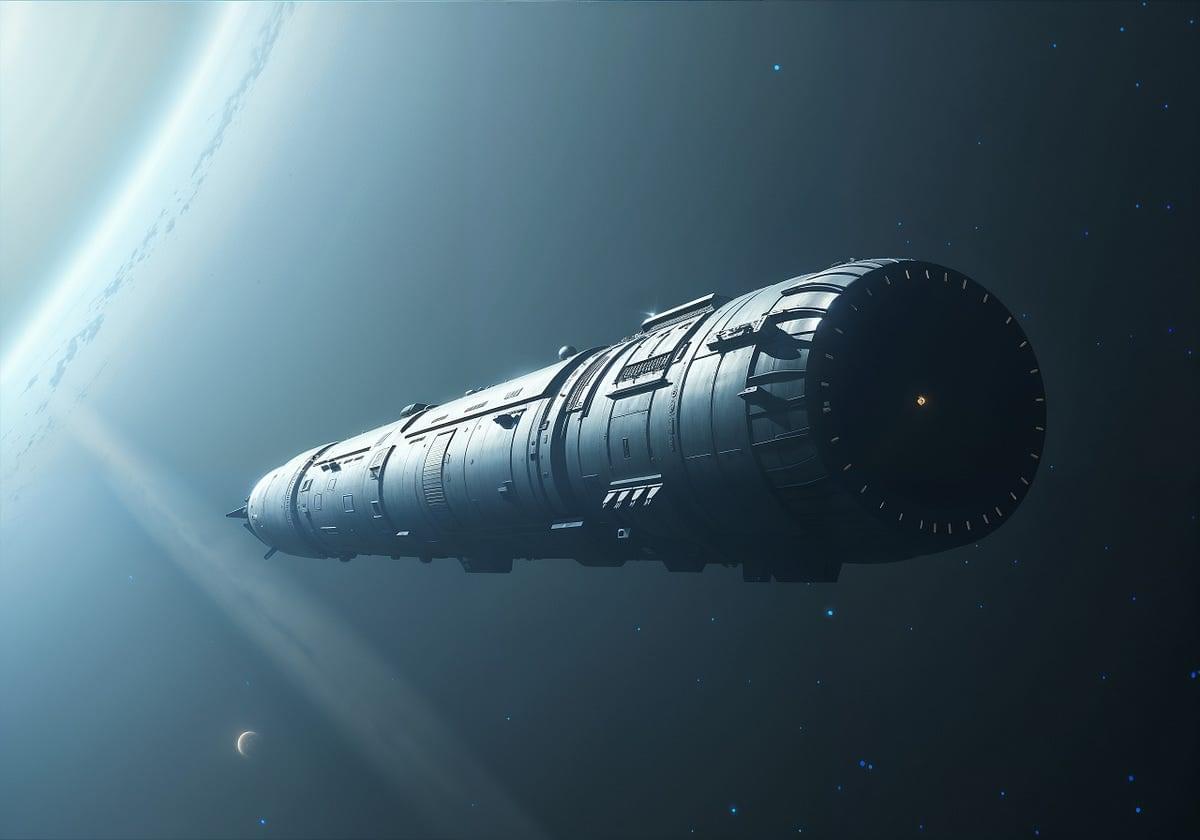An expert explains why this will be enormously bad for the United States.


The US military is considering SpaceX’s Starship for rapid Earth-to-Earth transportation of cargo, leveraging its high-speed capabilities to revolutionize military logistics, humanitarian missions, and commercial shipping operations.
🚀 Q: How does Starship revolutionize military transport capabilities? A: Starship can carry 150 metric tons of cargo, including heavy artillery tanks and helicopters, with a payload capacity of 1M tall and 9m in diameter, enabling transport of large military equipment in a single trip.
🌍 Q: What advantage does Starship offer for global military operations? A: Starship’s orbital velocities make it 10 times faster than commercial aircraft, allowing transport of cargo and personnel globally in under an hour, significantly enhancing military response times and operational flexibility.
SpaceX’s rumored “Starfall” program, related to its Starship initiative, aims to revolutionize in-space manufacturing, enabling advancements in various fields and reducing cargo transportation costs to unlock economic potential in space ## ## Questions to inspire discussion.
In-Orbit Manufacturing Potential.
🚀 Q: What unique advantages does in-orbit manufacturing offer? A: In-orbit manufacturing provides no gravity, perfect fluid flow, stable heat flow, and no air moving heat around, enabling growth of structures without scaffolding and benefiting industries like pharmaceuticals, advanced materials, and military logistics.
🏭 Q: Which industries could be disrupted by in-orbit manufacturing in the 2040s? A: In-orbit manufacturing could disrupt terrestrial industries in the 2040s, particularly pharmaceuticals, advanced materials, and military logistics, allowing production of high-value goods like protein crystals, retinal organoids, ZBLAN fiber, and semiconductor ingots in space.
Starfall Program.
🛰️ Q: What is SpaceX’s Starfall program? A: Starfall is a secret SpaceX program using small return pods from Starship to bring high-value goods back from orbit, potentially slashing the $40,000/kg cost of returning materials to Earth.

On Christmas Day in 1968, the three-man Apollo 8 crew of Frank Borman, Jim Lovell, and Bill Anders found a surprise in their food locker: a specially packed Christmas dinner wrapped in foil and decorated with red and green ribbons. Something as simple as a “home-cooked meal,” or as close as NASA could get for a spaceflight at the time, greatly improved the crew’s morale and appetite. More importantly, the meal marked a turning point in space food history.


• SpaceX launched the 10th test flight of its Starship spacecraft and Super Heavy rocket booster tonight. Both achieved successful splashdowns on opposite sides of the world during the roughly hour-long test.
• The test flight marked a signficant and encouraging stride forward for SpaceX’s Starship program, which had experienced a string of explosive missteps dating back to January.
• Tonight’s success could queue up SpaceX to conduct another boundary-pushing flight next month, aimed at improving the vehicle’s performance before SpaceX upgrades to a larger version of Starship next year.
[TIME SUBJECT TO CHANGE] Liftoff NET 6:30 p.m. central [23:30 UTC] — One hour launch window.
SpaceX is launching the 10th full stack Starship with its Super Heavy booster. The booster will not be caught as SpaceX will attempt some more hazardous engine out scenarios with the booster, so it will splashdown off the coast.
But perhaps the biggest milestone is whether or not Starship S37 will be the first Version 2 vehicle to reach the goals of deploying dummy payloads, testing radical heatshield options, and ultimately propulsively splashdown in the Indian Ocean after the setbacks of Flight 7, Flight 8, Flight 9 and S36’s failures.
Want to know what’s new with Starship Version 2? We’ve got a video for you! — https://www.youtube.com/watch?v=eQZbi8HBRcQ
Want more information on how exactly they’ll catch Super Heavy? WATCH THIS — https://www.youtube.com/watch?v=pAPt5vbr-YU
Want to know where to watch this live? I made a video on how to visit Starbase and where to watch a launch from — https://youtu.be/aWvHrih-Juk.

[TIME SUBJECT TO CHANGE] Liftoff NET 6:30 p.m. central [23:30 UTC] — One hour launch windowSpaceX is launching the 10th full stack Starship with its Super He…
Join us LIVE for SpaceX’s Starship 10th Flight Test, streaming as soon as Sunday, August 24, 2025.This mission marks a major step forward following the Flight 9 investigation and Ship 36 static fire anomaly. Engineers have introduced critical hardware and operational upgrades to improve performance and reliability. For this flight, the Super Heavy Booster will conduct multiple experimental maneuvers, including: Landing burn tests to refine precision booster recovery Payload deployment trials to validate orbital operations Reentry experiments advancing Starship’s long-term reusability.
#SpaceX #Starship #StarshipFlight10 #ElonMusk #SpaceXLIVE #SuperHeavy #StarshipLaunch.
Credit: spacex.
Join this channel to get access to perks:
/ @lakeupdate.
Disclaimer: This video is for educational purpose only. Copyright Disclaimer Under Section 107 of the Copyright Act 1976, allowance is made for \.